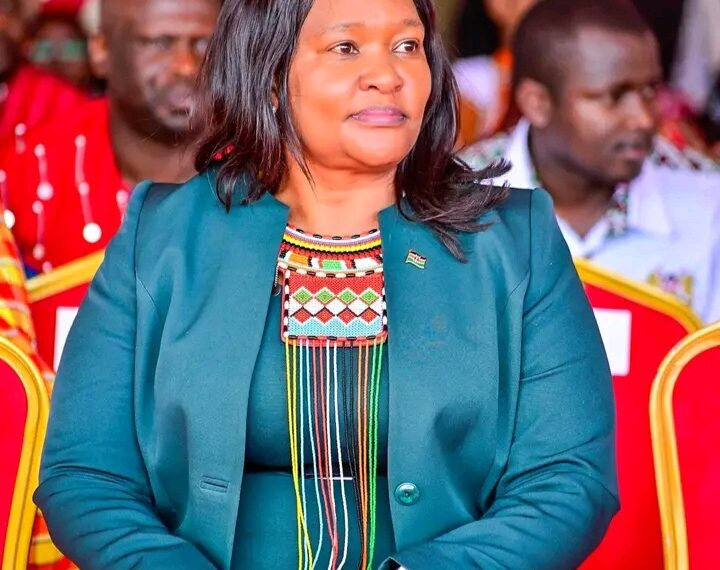By Hon Rebecca Miano,
CS, Tourism.
This week, beneath the towering presence of Mount Kilimanjaro, Amboseli became the stage for a historic and symbolic convergence — the celebration of culture, community, and conservation.
The Maa Cultural and Tourism Festival 2025 was not just a spectacle of colour and song; it was a reaffirmation of Kenya’s evolving approach to sustainable development, one that places people and heritage at the heart of environmental stewardship.
Under the fitting theme “Promoting Maa Cultural Expressions for Social Economic Development,” the festival underscored a crucial truth: conservation without community is unsustainable, and culture without empowerment is incomplete.
As the rhythmic chants of the Maa people echoed across the plains, they carried with them generations of wisdom — a reminder that the guardians of Kenya’s natural heritage are the very communities who live in harmony with it.
The festival’s highlight — the official transfer of Amboseli National Park management to the Kajiado County Government — marked a turning point in Kenya’s conservation philosophy.
Presided over by His Excellency President William Samoei Ruto, this bold step represents more than administrative devolution; it is a recognition that the success of conservation efforts depends on local ownership and participation.
For decades, Kenya’s protected areas have stood as symbols of national pride, yet many surrounding communities have borne the costs of conservation without reaping its rewards.
The Amboseli handover challenges that imbalance.
It entrusts stewardship to those with the deepest cultural and ecological ties to the land — the Maa people — ensuring that the park’s benefits flow directly into local economies through tourism, employment, and community-led initiatives.
This approach acknowledges a powerful principle: the prosperity of people and the protection of nature are not competing goals but mutually reinforcing ones.
When communities are empowered to manage and benefit from their natural resources, they become conservation’s strongest allies.
The result is not only healthier ecosystems but also stronger, more self-reliant societies.
The festival, hosted through the collaboration of Kajiado, Narok, and Samburu counties, demonstrated how unity in purpose can amplify both cultural pride and environmental action.
The vibrant performances, traditional crafts, and shared stories were not just displays of identity; they were living testimonies of a people whose survival and success are intertwined with the land they inhabit.
As Kenya continues to balance development with sustainability, Amboseli offers a model worth emulating — one where conservation is rooted in community empowerment and cultural continuity.
The transfer of park management is a declaration that Kenya’s natural treasures will no longer be guarded from afar but nurtured by those who understand them best.
The Maa Cultural and Tourism Festival 2025 has shown that when culture, conservation, and community align, they create not only a legacy of beauty but a blueprint for the future.
Amboseli’s moment is a national reminder: true stewardship begins at home, and lasting conservation begins with the people.
Indeed, in Amboseli, Kenya has proven that protecting nature and empowering communities are, and must always be, one and the same mission.




